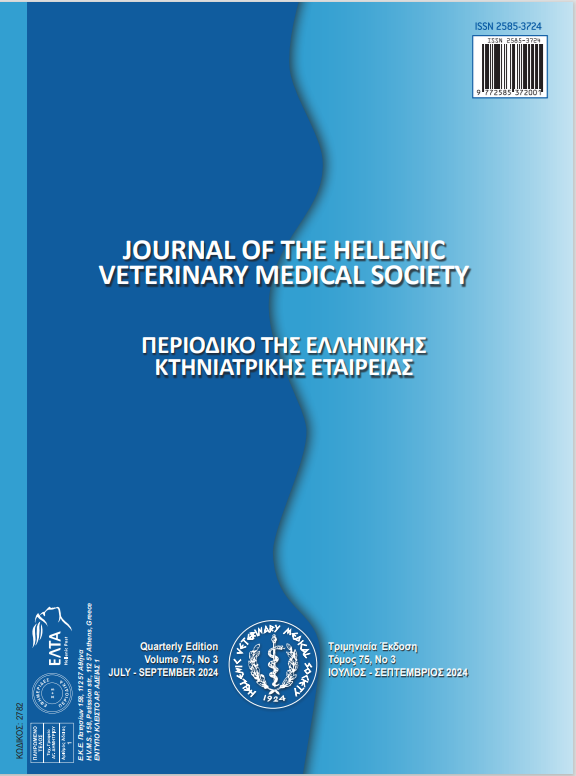Studying enterococci isolated from artisanal feta produced with mountain and low land milk
Abstract
Enterococci are commonly part of natural milk cultures that are used to produce cheese and have a strong influence on ripening, and aroma development in feta cheese. Despite their unique benefits in cheese production, Enterococci have also been identified as opportunistic pathogens that can cause various human diseases and their use remains controversial due to the possibility of antimicrobial resistance transfer to human strains. The objective of the present study was to detect, identify, and analyze characteristics of Enterococcus spp. from different samples of the artisanal feta cheese produced with mountain or low land milk and finally to evaluate its potential use for enhancing the sensory characteristics of fermented milks and cheeses without compromising the safety of the products. Twenty-five strains of enterococci from mountain areas and twenty-five from low land areas were selected from the cheesemaking trials. Based on the desired technological characteristics, twelve strains were selected for analytical identification, study of antibiotic resistance and further study by molecular techniques. Eleven of those were found to be sensitive to vancomycin (lower to 10μg/ml), one was resistant up to 20μg/ml and therefore are even more promising, in terms of their safety, for their potential use as adjunct cultures and worth further analysis.
Article Details
- Come citare
-
Psomas, E., Sakaridis, I., Boukouvala, E., Papatsaroucha, E., Apostolidi, E., Skarlatoudi, T., Ekateriniadou, L., & Samouris, G. (2024). Studying enterococci isolated from artisanal feta produced with mountain and low land milk. Journal of the Hellenic Veterinary Medical Society, 75(3), 7967–7976. https://doi.org/10.12681/jhvms.36209
- Fascicolo
- V. 75 N. 3 (2024)
- Sezione
- Research Articles

Questo lavoro è fornito con la licenza Creative Commons Attribuzione - Non commerciale 4.0 Internazionale.
Authors who publish with this journal agree to the following terms:
· Authors retain copyright and grant the journal right of first publication with the work simultaneously licensed under a Creative Commons Attribution Non-Commercial License that allows others to share the work with an acknowledgement of the work's authorship and initial publication in this journal.
· Authors are able to enter into separate, additional contractual arrangements for the non-exclusive distribution of the journal's published version of the work (e.g. post it to an institutional repository or publish it in a book), with an acknowledgement of its initial publication in this journal.
· Authors are permitted and encouraged to post their work online (preferably in institutional repositories or on their website) prior to and during the submission process, as it can lead to productive exchanges, as well as earlier and greater citation of published work.



